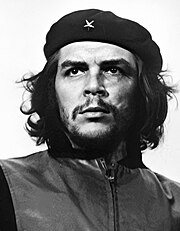Che Guevara's Human Design Chart
5/1 Emotional Manifesting GeneratorChe Guevara: The Revolutionary Manifesting Generator
Che Guevara, born Ernesto Guevara de la Serna on May 14, 1928, in Rosario, Santa Fé, Argentina, was a prominent figure in the 20th century as a revolutionary leader, physician, and author. He is best known for his role alongside Fidel Castro in the Cuban Revolution and his attempts to ignite communist movements across Latin America and Africa. However, understanding Guevara through the lens of Human Design adds a new dimension to his complex persona, highlighting his innate energies and strategies in life.
Early Life and Formative Experiences
Che Guevara was raised in an unconventional, leftist upper-middle-class family in Argentina. His upbringing was marked by strong political discussions and a spirit of rebellion, which shaped his ideologies from a young age. As a student, he traveled extensively across Latin America, witnessing poverty and injustice that deeply impacted his worldview.
Political Awakening
Guevara’s political and social radicalization was significantly influenced by his experiences in Guatemala, where he witnessed the U.S.-backed coup that overthrew the mildly left-wing Arbenz government. This event cemented his anti-imperialist beliefs and set him on a path toward revolutionary activities.
Joining the Cuban Revolution
In Mexico, Guevara met Fidel and Raul Castro, aligning himself with their vision of revolution in Cuba. As a Manifesting Generator in Human Design, Che’s natural enthusiasm and ability to multitask made him an invaluable asset to the movement. His Emotional Inner Authority allowed him to navigate the intense emotional landscape of revolution with a strategic approach that was both calculated and passionate.
Role as a Military Leader
Che Guevara’s role as a medical doctor in Castro’s militia was soon expanded due to his unwavering courage and discipline. He was given command of his own troops, showcasing his strategic prowess. His victory in the strategic town of Santa Clara was a testament to his ability to respond to challenges effectively, aligning with his Human Design Strategy: To Respond. This tactical success was a pivotal moment in the Cuban Revolution.
Post-Revolutionary Activities
Following the triumph of the Cuban Revolution, Guevara took on roles as head of the Central Bank and the Ministry of Industries in Cuba. His revolutionary zeal was evident as he sought to build an industrial nation driven by moral incentives rather than monetary rewards, reflecting the influence of his Human Design Incarnation Cross: Left Angle Cross of Dedication (23/43 | 30/29).
Ideological Differences with Castro
Over time, Guevara’s relationship with Fidel Castro became strained. He disapproved of Cuba’s alignment with the Soviet bloc, perceiving it as a shift from their revolutionary ideals. This ideological clash highlighted Guevara’s dedication to his principles, a hallmark of his 5/1 Profile in Human Design, which emphasizes a deep need to investigate and perfect ideas.
Revolutionary Endeavors Abroad
In 1965, Guevara was sent to the Congo with 120 Cuban soldiers to support the Congolese rebels. Despite his efforts, the mission was unsuccessful, and he returned to Cuba. Undeterred, he ventured to Bolivia in late 1966 with a small group of volunteers, aiming to ignite a peasant revolution.
Challenges in Bolivia
Guevara faced significant setbacks in Bolivia. The local peasants were hesitant to join his cause, and the Bolivian Communist Party was openly opposed to his presence. His downfall came when the Bolivian Army, aided by local informants, captured him. On October 9, 1967, Che Guevara was executed near Higueras, Bolivia, at the age of 39, cementing his legacy as a martyr for revolutionary ideals.
Human Design: A New Perspective
Examining Che Guevara through the lens of Human Design offers unique insights into his motivations and actions. As a Manifesting Generator, he was driven by a desire to initiate change and respond to the needs of the moment. His Emotional Inner Authority guided him through the tumultuous emotional landscape of his revolutionary life, while his 5/1 Profile provided him with the determination to investigate and perfect his revolutionary strategies.
Guevara’s channels, including [“61-24″,”43-23″,”35-36″,”42-53”], played a significant role in his life. These channels facilitated his ability to synthesize ideas, communicate revolutionary concepts, and take bold risks. His dedication was unwavering, driven by his Left Angle Cross of Dedication, emphasizing a commitment to his revolutionary ideals despite the odds.
Legacy and Impact
Che Guevara’s legacy extends beyond his revolutionary activities. He has been immortalized in posters, books, and plays as an egalitarian hero and a symbol of resistance. His life continues to inspire discussions and debates about revolutionary ethics and the pursuit of social justice.
While his methods and ideologies may be contentious, his impact on global politics and revolutionary thought is undeniable. Understanding his Human Design underscores the alignment between his innate energies and his life’s work, adding depth to the understanding of his revolutionary spirit.
Frequently Asked Questions
Who was Che Guevara?
Che Guevara was an Argentine revolutionary leader, physician, and author known for his role in the Cuban Revolution and his attempts to spread communism across Latin America and Africa.
What is Che Guevara’s Human Design type?
Che Guevara was a Manifesting Generator with an Emotional Inner Authority.
What does Che Guevara’s 5/1 Profile indicate?
The 5/1 Profile in Human Design suggests a person who seeks to investigate and perfect ideas, often acting as a guide or educator in their endeavors.
How did Che Guevara’s Human Design impact his revolutionary activities?
His Human Design as a Manifesting Generator enabled him to initiate change effectively, while his Emotional Authority helped navigate the intense emotions involved in revolutionary work.
Why did Che Guevara’s relationship with Fidel Castro
Discover More Famous People
Browse and analyze over 55,000 public figures and celebrities.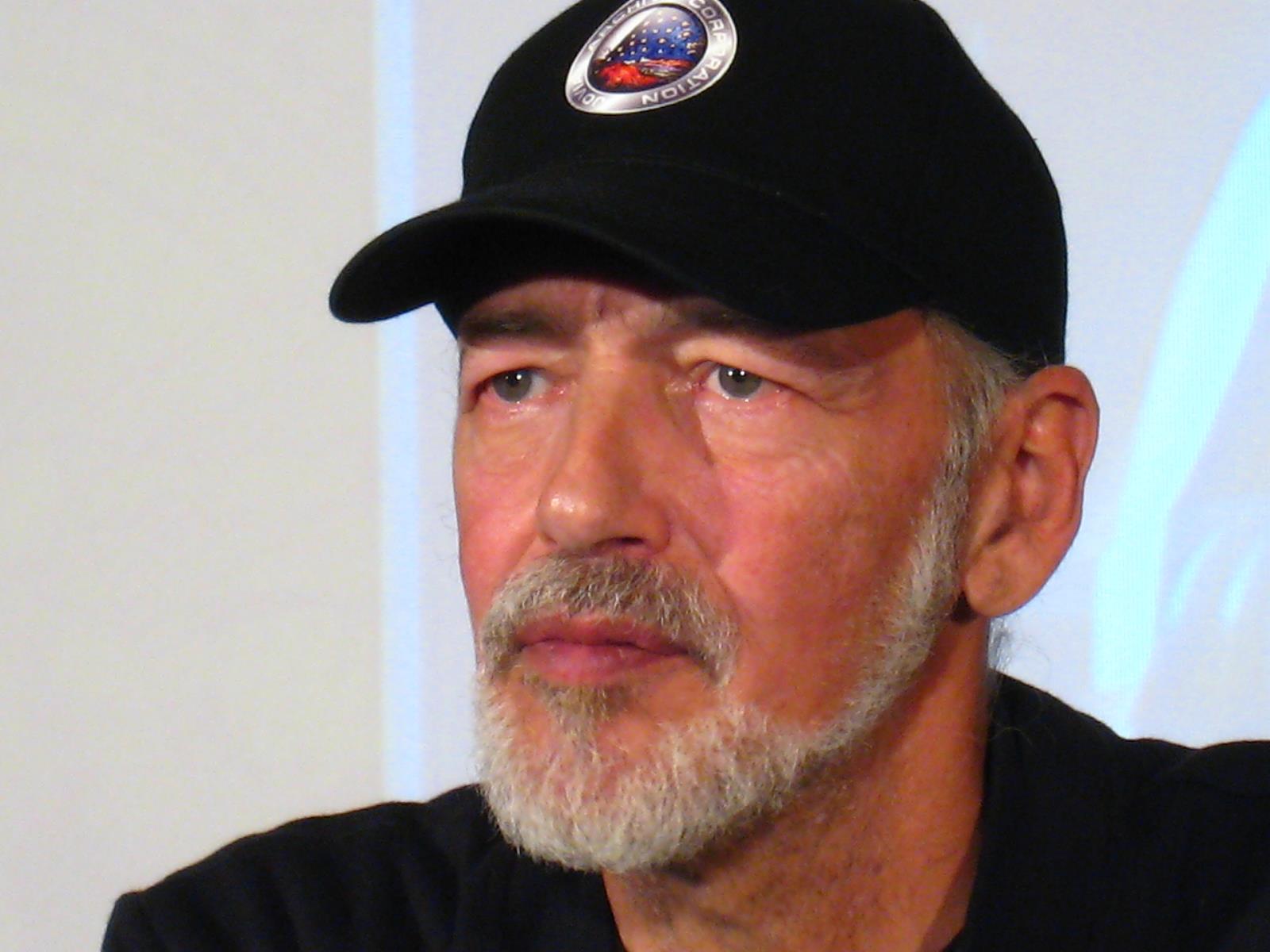
Ra Uru Hu
5/1 Manifestor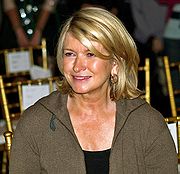
Martha Stewart
4/6 Manifestor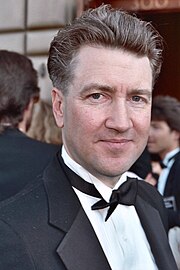
David Lynch
4/6 Generator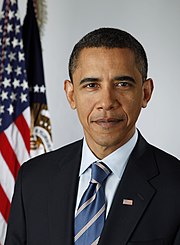
Barack Obama
6/2 Projector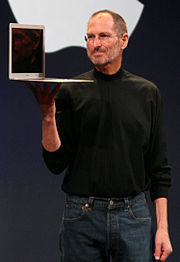
Steve Jobs
6/3 Generator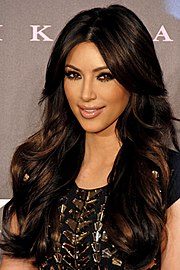
Kim Kardashian
3/5 Generator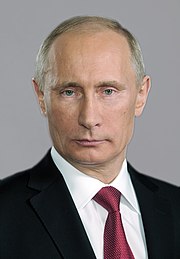
Vladimir Putin
5/1 Manifestor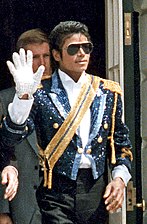
Michael Jackson
1/3 Projector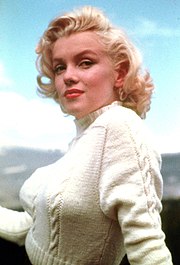
Marilyn Monroe
6/2 Projector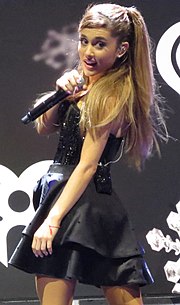
Ariana Grande
2/4 Projector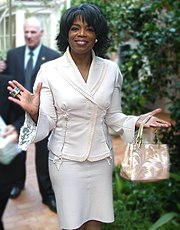
Oprah Winfrey
2/4 Generator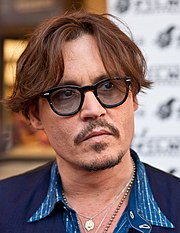
Johnny Depp
2/4 ManifestorWhat is HumanDesign.ai and how does it work?
Curious what makes Che Guevara tick? HumanDesign.ai instantly maps their exact birth data into a fully interactive clickable bodygraph chart, letting you hover or tap every center, channel, and gate for plain-language explanations. Bella, the platform’s built-in AI guide, adds context in real time, translating complex mechanics into everyday insights so you can see how Che Guevara’s strengths, challenges, and life themes play out on-screen.
The same tools are waiting for you. Generate your own Human Design Chart in seconds, open a library of 2000+ suggested questions, and chat with Bella as often as you like to decode your design, daily transits, and even relationship dynamics.
Want to compare energies? Save unlimited charts for friends, family, or clients, then ask Bella to reveal compatibilities, composite patterns, or coaching tips, all in one conversation thread.
Start free with core features, or unlock our Personal and Pro plans for deeper dives: unlimited Q&A, celebrity chart search spanning 55,000+ public figures, white-label PDF reports, branded content generation, and a professional profile with built-in booking for practitioners. Whether you’re exploring your own potential or guiding others, HumanDesign.ai delivers an ever-expanding toolbox of AI-powered insights—no spreadsheets, no jargon, just clarity at your fingertips.
Ready to see yours? Signup for FREE today!

